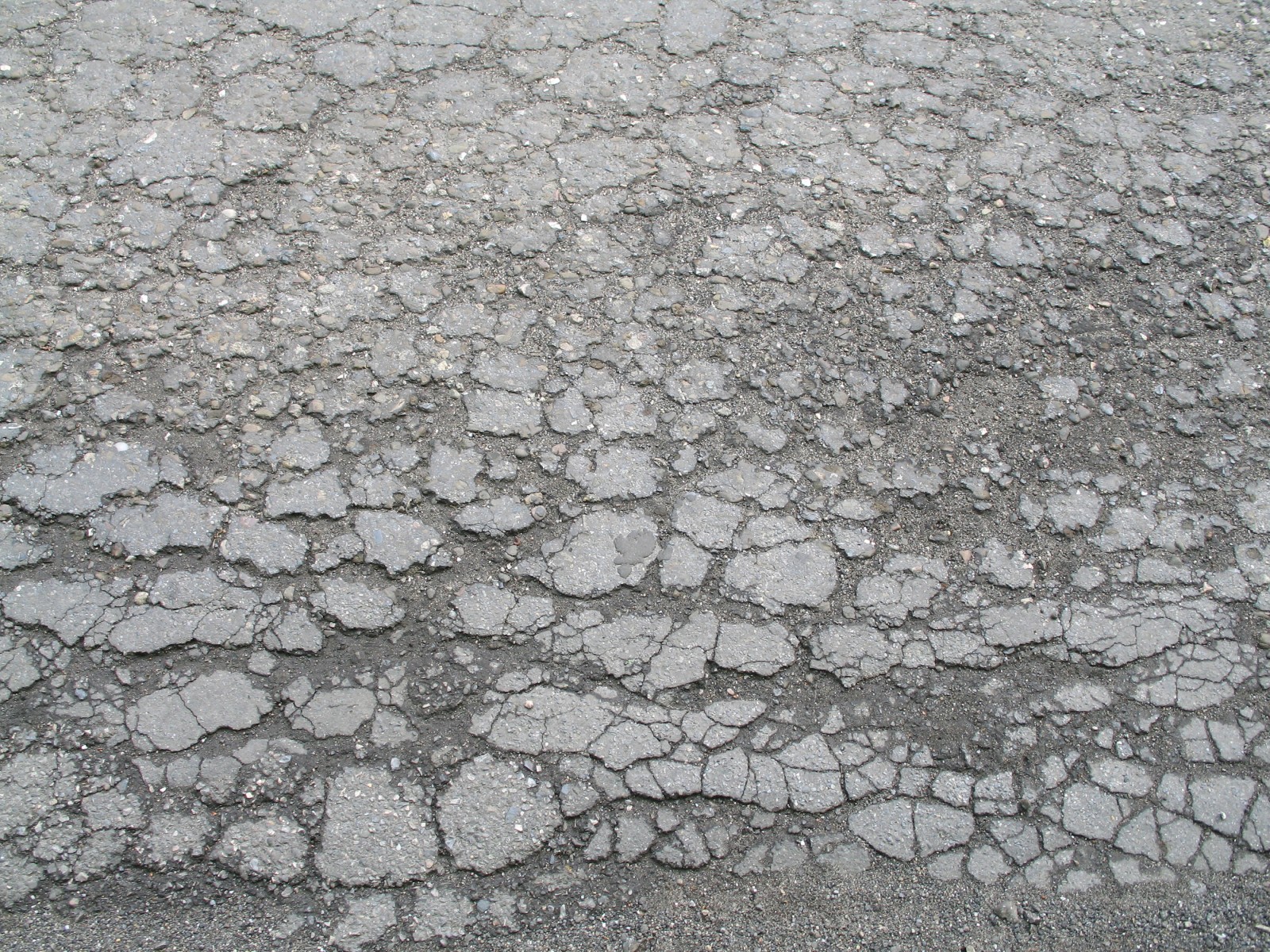Week 10&11
Our last task for week 10&11 was to texture an alien head sculpture, sculpted in Zbrush.
This time we didn't use Photoshop for textures, what we were supposed to do was polypaint the mesh in Zbrush. When I first saw the alien head sculpture, my first thought was that it look like a shark, I fancied that it was from a planet that is covered by water and that it lives deep in the oceans.
So having the that in mind I looked up some reference of sharks and started my vertex painting. After that I used ZApplink, which grabs a screenshot directly from Zbrush and opens it in Photoshop. Then there I can use that to add textures to my mesh and make it look more realistic. After I was done with that I saved the file returned to Zbrush and it automatically imported the changes I did to my texture in Photoshop.
I also used another method, I sourced textures from the internet, imported them into Zbrush and painted them onto my mesh directly. I sourced a crocodile armor and applied it on the top of his head like he has a hard shell for protection.
It looked nice, but I wanted to add more detail to it, so I sourced a frog skin texture and applied it beneath the crocodile armor.
I add a bone texture to the teeth just so I could add some detail and more definition to the teeth.
After I was done with adding textures to the mesh I used another function in Zbrush called project manager. I used project manager to add some highlights to it giving it a more realistic look. With this I was finished with my polypainting and all I got left to do was bake my diffuse, normal map and ambient occlusion from the hight poly mesh's I exported from Zbrush to the low poly mesh in Maya.
I was finished with the baking, added the texture to the low poly mesh and decided to render my final work in Maya. However, before I did that I decide to try something out. I made a copy of the eyes and scaled them to make them a little bit bigger, turned down the transparency, worked around with the specular for it and the final result was that I got lenses. I did that to add more specular power to the eye and make them look realistic. So after doing that I started rendering in Maya and I did that so I could try something new and also get a better understanding of rendering and lighting in Maya.
This is the final render I made for this task.



























.jpg)





























